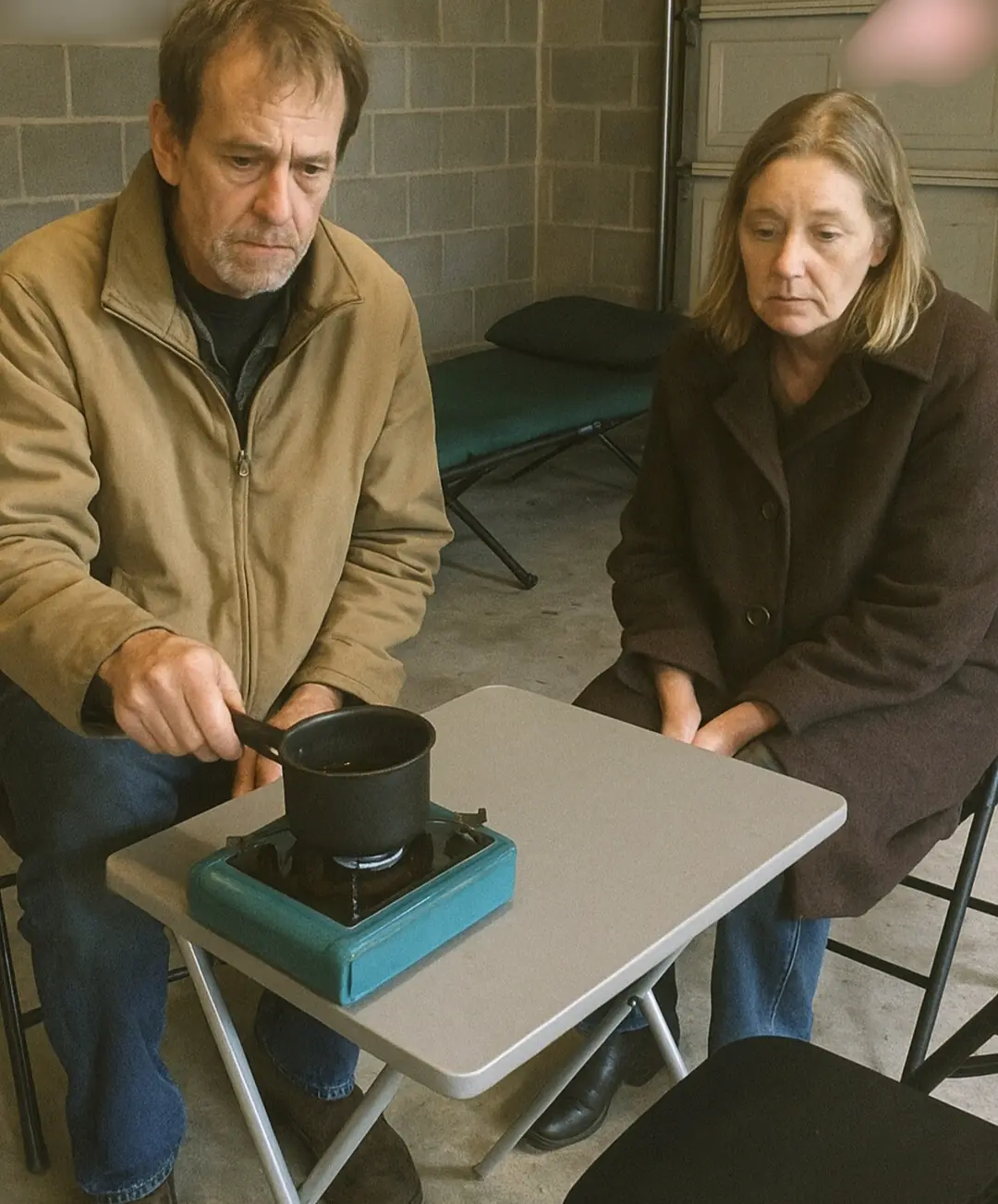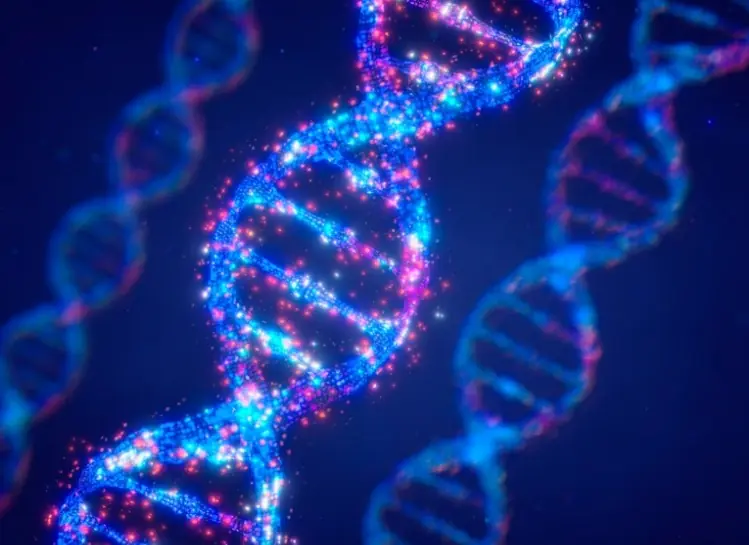
Your Feet Could Be Signaling That Your Arteries Are Clogged
Most people rarely give their feet more than a passing thought unless they hurt or become injured. However, these seemingly minor appendages might be the first to reveal signs of a serious underlying health condition—clogged arteries. While heart disease and arterial blockages are often associated with chest pain or shortness of breath, your feet can actually provide subtle and sometimes overlooked clues about your vascular health. Paying attention to these signs can make the difference between early intervention and a life-threatening event.
Clogged arteries, or atherosclerosis, occur when fatty deposits, cholesterol, and other substances build up in the arterial walls, reducing or completely blocking blood flow. This condition is not limited to the heart; it can affect arteries throughout the body, including those that supply blood to the legs and feet. Peripheral artery disease (PAD) is the term for atherosclerosis occurring in the lower limbs, and it can lead to serious complications if left untreated.
One of the most common signs of PAD is pain or cramping in the legs and feet during physical activity, such as walking or climbing stairs. This discomfort, known as intermittent claudication, often subsides with rest but returns with exertion. It happens because the muscles in your lower limbs aren’t getting enough oxygen-rich blood due to narrowed arteries. If you find yourself needing to stop and rest frequently while walking short distances, it might not just be a sign of aging—it could be a red flag for clogged arteries.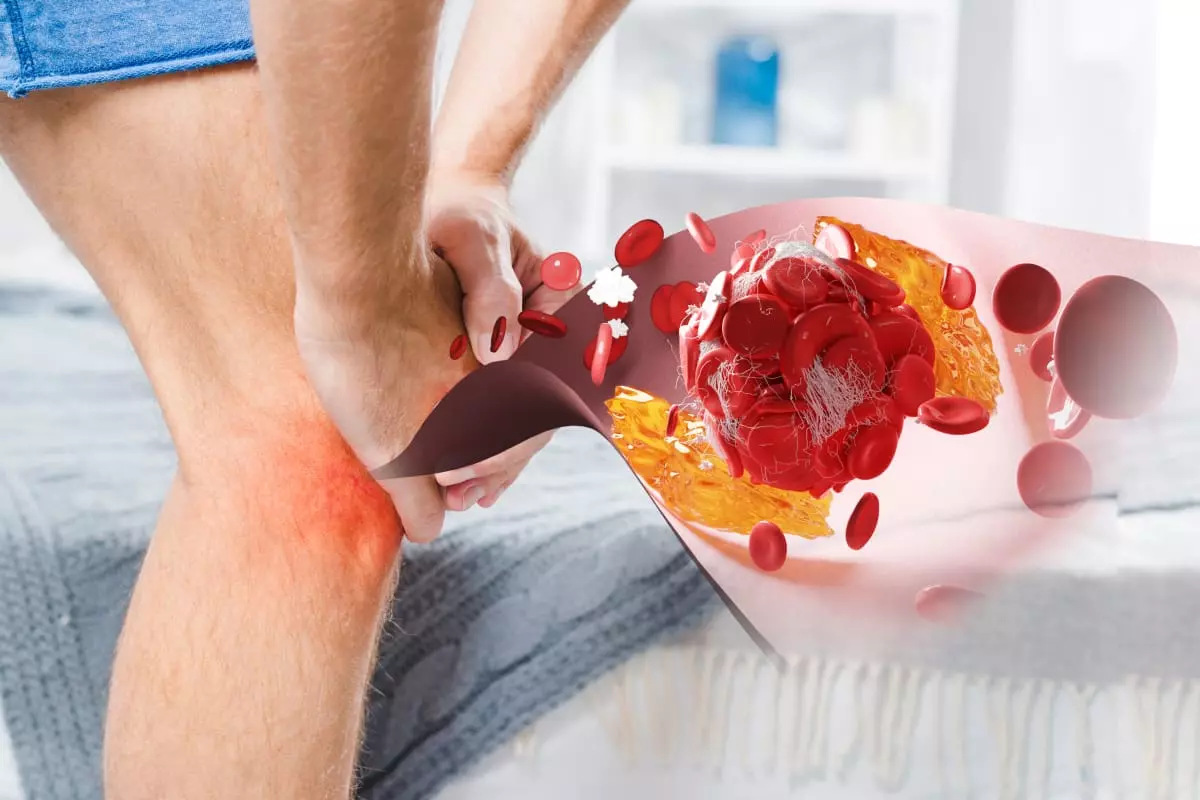
Another warning sign to watch for is cold or numb feet, especially when compared to the temperature of your upper body or one foot being significantly colder than the other. Poor blood circulation caused by arterial blockages can prevent warm, oxygenated blood from reaching your extremities. Similarly, wounds or sores on the feet and toes that take an unusually long time to heal—or don’t heal at all—can indicate reduced blood flow. Without sufficient circulation, the body cannot repair damaged tissue efficiently, increasing the risk of infections and even gangrene in severe cases.
In some cases, changes in the appearance of your feet and toes can also suggest poor circulation. For example, shiny skin, hair loss on the feet or toes, and a bluish or pale coloration might be visible indicators. Toenail growth may slow down or become distorted. These symptoms occur gradually and are easy to ignore, but they provide important insights into your vascular health.
It’s crucial not to dismiss these signs as mere inconveniences. Early detection of peripheral artery disease and atherosclerosis can help prevent heart attacks, strokes, and even limb amputation. If you notice any of these symptoms, consult a healthcare professional who can conduct a thorough examination. Simple, non-invasive tests such as the ankle-brachial index (ABI) can help determine whether you have reduced blood flow in your lower limbs.
Preventing and treating clogged arteries often involves lifestyle changes and, in some cases, medical intervention. Regular exercise, a balanced diet low in saturated fats, quitting smoking, and managing conditions like diabetes and high blood pressure can significantly improve vascular health. In more advanced cases, medications or surgical procedures may be required to restore blood flow.
In conclusion, while your feet may not be the first place you look for signs of cardiovascular trouble, they can offer important clues about your overall health. Paying attention to symptoms such as pain, coldness, discoloration, or slow-healing wounds can help detect clogged arteries early, potentially saving your life or limbs. Don’t ignore what your feet are trying to tell you—they might just be your most honest messengers.
News in the same category


Hyperacute rejection-engineered oncolytic virus for interventional clinical trial in refractory cancer patients

36-Year-Old Teacher Dies From Diabetes Doctors Say Was Triggered By Everyday Foods

Cancer Rates Rising in Gen X and Millenials Compared to Older Generations, Study Finds

Lungs Full of Mucus? 1 SINGLE Drop Clears Airways & Restores Lung Health! | Barbara O’Neill

Rejuvenate Your Prostate Naturally: The Incredible Power of Tomato and Garlic Juice
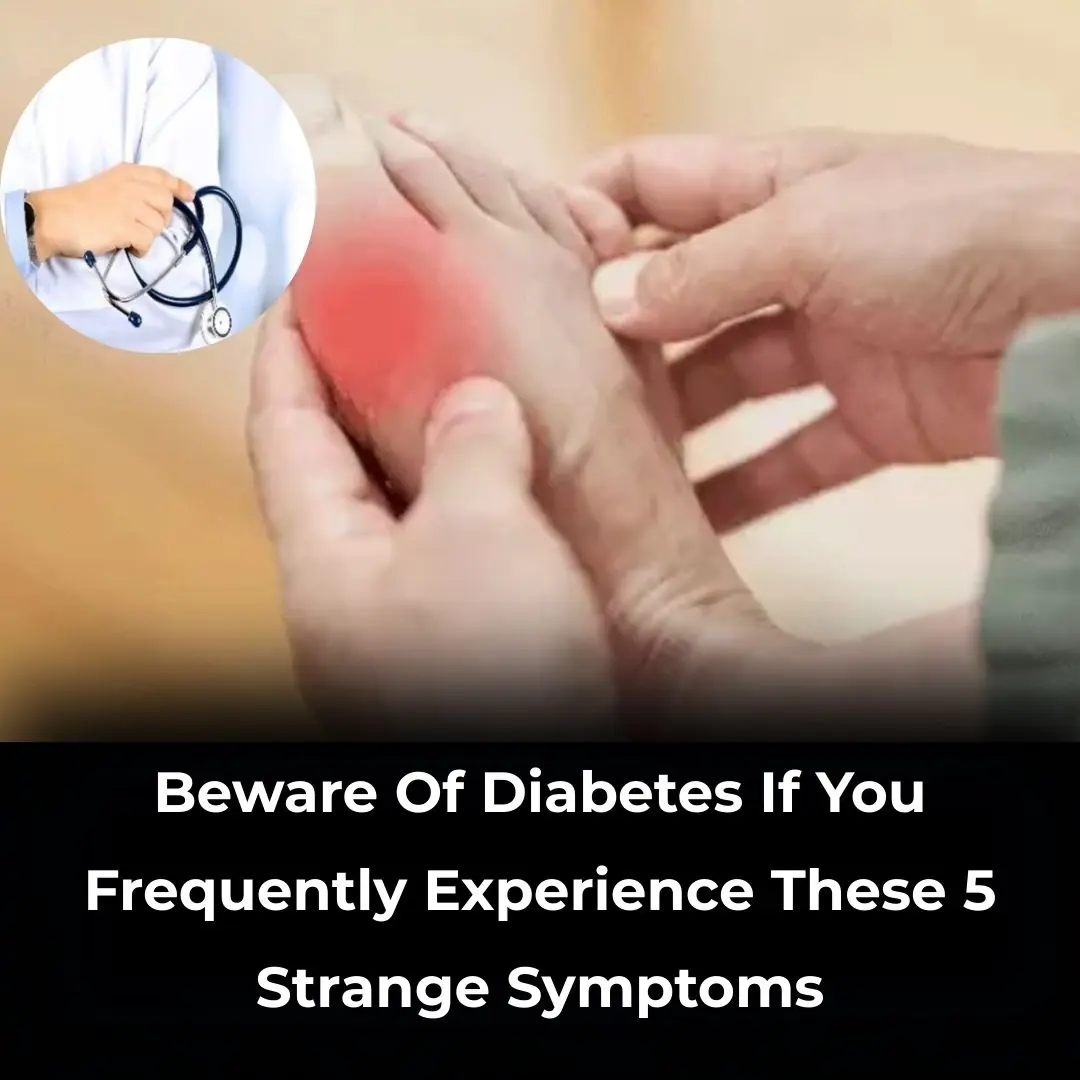
Early signs of diabetes many fail to notice

Bizarre permanent effect being stressed for just 5 days can have on your body

Everything to know about US measles outbreak as 2025 cases so far surpass numbers for whole of 2024

Doctor sends warning to anyone 'micro-dosing' Ozempic as fears grow about what it could do to your body

Caution Over Vaping After Teen Develops ‘Popcorn Lung’ Linked to Chemical Exposure

10 Reasons Ramen Noodles Are Bad For You (and How to Make Them Healthy)

101-Year-Old Doctor Is Still Driving, Shares His 7 Tips For A Long Life
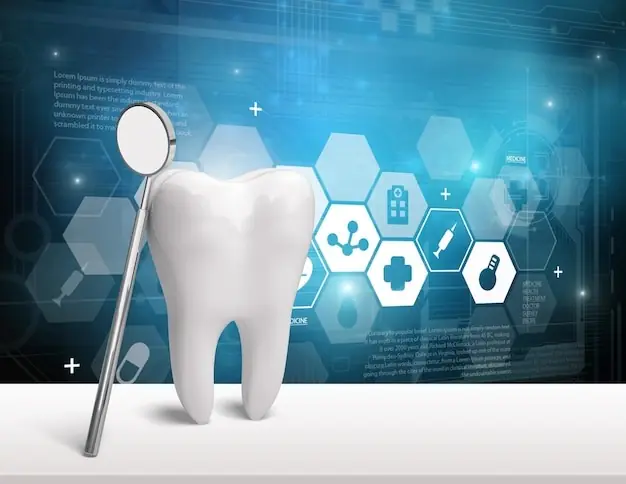
Lab-grown teeth might become an alternative to fillings following research breakthrough

15 Surprising Things Men Say Make Women Seem Older Than They Are

Study Finds People with Certain Blood Type Are Prone to Early Stroke

New Castor Oil, Celtic Salt & Baking Soda Detox Changes EVERYTHING! (Must Try!)

The Cancer Destroying LEAF That Doctors Aren’t Telling You About! Barbara O’Neill SECRET
News Post

I-motif DNA structures are formed in the nuclei of human cells

Hyperacute rejection-engineered oncolytic virus for interventional clinical trial in refractory cancer patients

36-Year-Old Teacher Dies From Diabetes Doctors Say Was Triggered By Everyday Foods

Cancer Rates Rising in Gen X and Millenials Compared to Older Generations, Study Finds

Lungs Full of Mucus? 1 SINGLE Drop Clears Airways & Restores Lung Health! | Barbara O’Neill

Rejuvenate Your Prostate Naturally: The Incredible Power of Tomato and Garlic Juice

Experts reveal the five foods that seriously affect your eyesight including one many of us eat every day

Early signs of diabetes many fail to notice

Bizarre permanent effect being stressed for just 5 days can have on your body

Everything to know about US measles outbreak as 2025 cases so far surpass numbers for whole of 2024

Doctor sends warning to anyone 'micro-dosing' Ozempic as fears grow about what it could do to your body

My Sister Inherited Everything, While My Father Left Me Only a Chessboard, But the Secret It Held Shocked Our Entire Family

I Heard Our Baby Crying While I Was in the Shower & My Wife Was Watching TV – When I Entered His Room, I Screamed in Shock

My Husband Refused to Replace Our Broken Vacuum and Said I Should Sweep Since I'm 'Just on Maternity Leave' — So I Taught Him a Lesson He'll Never Forget
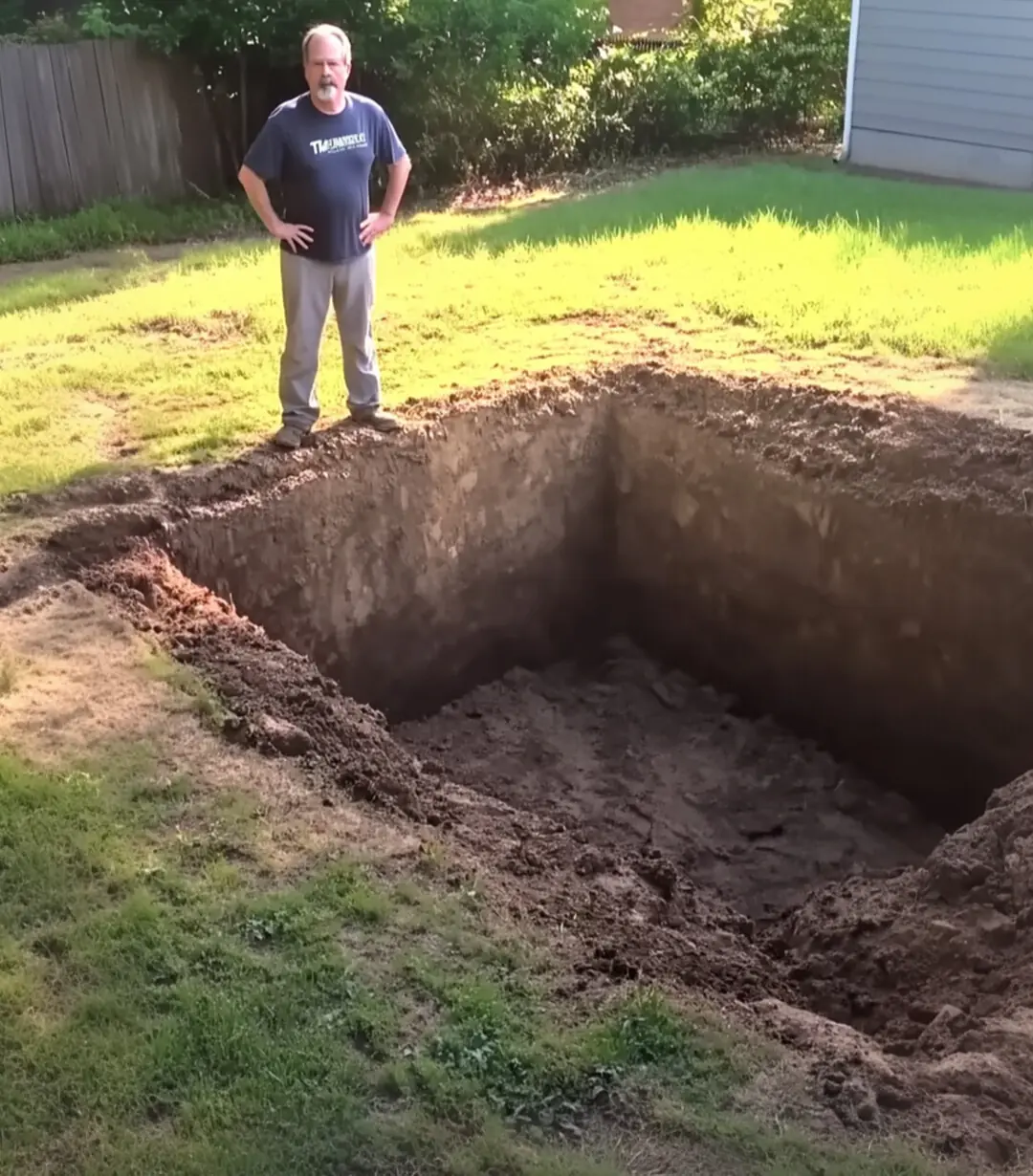
My FIL Got Rid of My Beloved Flower Garden & Dug a Pool for Himself without Permission – But Karma Hit Him Back Harshly

I Came Home to Find My Kids Outside with Packed Bags — It Was the Hardest Day of My Life

Greedy Brothers Mock Younger Sister Because She Only Inherited an Old Umbrella

My MIL Left Me Everything Instead of Her Own Children, But My Inheritance Came With a Trap
